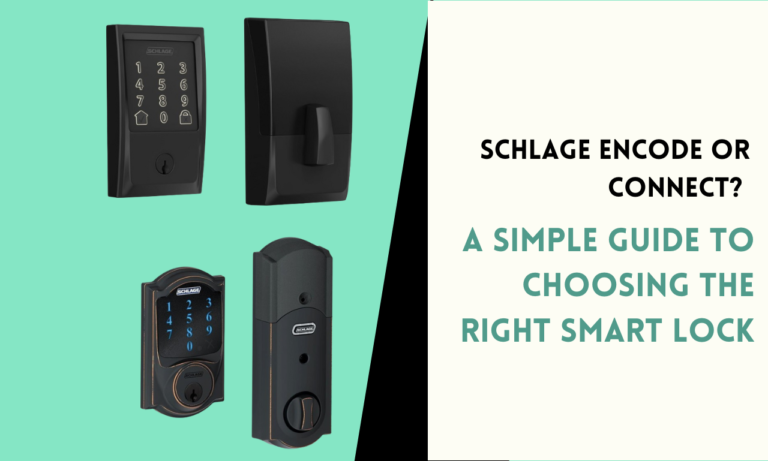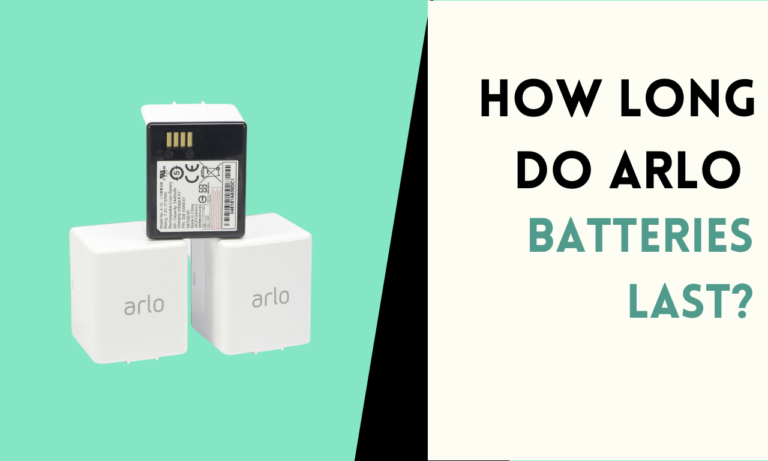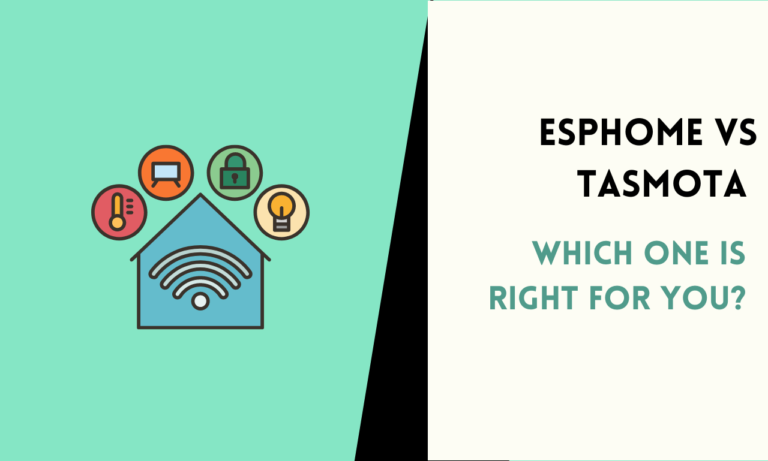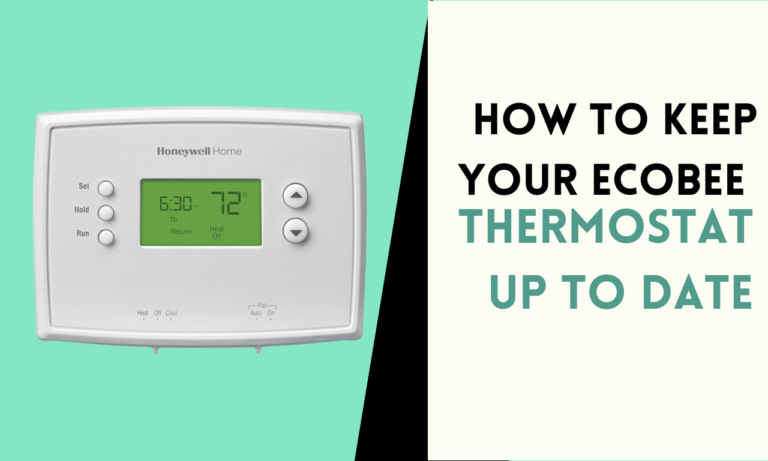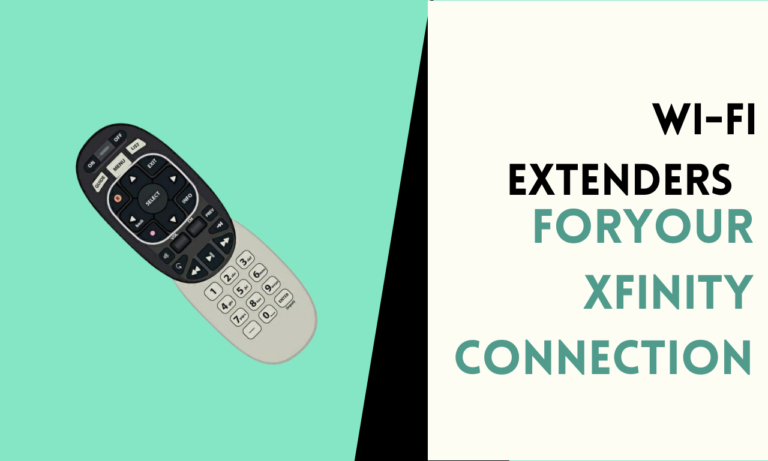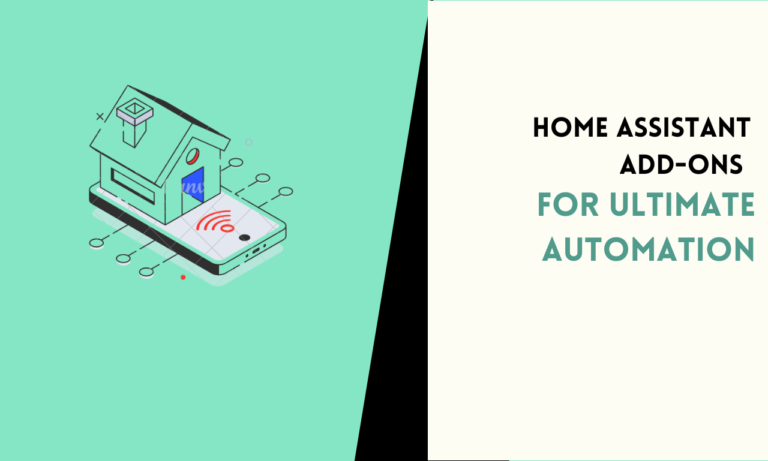How to Use Geofencing to Automate Your Smart Home Like a Pro
By automating tasks based on your position, geofencing is a powerful approach to further improve the intelligence of your smart home. It functions by creating a virtual perimeter around your house that sets off events whenever you enter or exit the space.
What Is Geofencing?
Geofencing is a technology that uses your phone’s GPS or Wi-Fi to detect your location. You create a virtual perimeter, or “fence,” around a designated area, such as your home. If you cross this boundary, specific actions can be triggered automatically.
For example, you may program your security cameras to start recording If you leave or your smart lights to switch on as soon as you get home. Geofencing ensures that your house adapts to your needs without requiring manual input, saving you time.
How to Set Up Geofencing in Your Smart Home
- Choose a Compatible App– To start, you need a smart home app that supports geofencing, such as Home Assistant, SmartThings, or Google Home. Check that your app and devices work together for geofencing.
- Enable Location Services– Ensure your phone’s GPS and location services are turned on. Most geofencing features rely on accurate location tracking.
- Define the Geofence Area– Open the app for your smart home and configure the geofence zone. Usually, to accomplish this, a location is marked on a map, and the boundary’s size is changed. If you want a narrow zone around your front door or a larger one that encompasses the entire neighborhood, you may adjust the radius to suit your needs.
- Link Automations to the Geofence– Assign actions to your geofence after it has been defined. For instance, program your lights to turn on once you get there or your smart locks to start while you leave the area.
Automating Entry and Exit Actions
- Lights and Appliances– Use geofencing to automate lights and appliances based on your location. For instance, turn off all lights and appliances as you leave to save energy. While you return, have the lights in your entryway turn on automatically.
- Security Systems– You can link your geofence to your security system. Arm your alarm if you leave the area and disarm it as you approach home. This ensures your home is secure without needing manual activation.
- Thermostat Adjustments– Adjust the thermostat according to your location. For example, turn down the thermostat while you’re away and turn it back up to a comfortable level once you return to conserve energy.
Setting Up Notifications with Geofencing
- Reminders for Forgotten Tasks– If you leave the house without finishing chores like locking the door or shutting off the oven, geofencing can send alerts to your phone.
- Alerts for Family Members– Get alerts if members of your family enter or exit the geofence. This is helpful for monitoring if family members leave the house or if children get home from school.
- Pet Care– If you have smart pet devices, geofencing can notify you to refill the water or feed your pet as you leave or arrive.
Advanced Geofencing Features
- Multi-User Geofencing– Geofencing can track multiple users in a household. For example, it can adjust settings based on the first person to leave or the last person to arrive home. This prevents unnecessary actions like turning off the lights if someone else is still home.
- Custom Geofence Zones– Set up different geofence zones for specific tasks. For instance, create one geofence around your workplace to trigger your thermostat to start warming your house as you leave work.
- Time-Based Rules– Combine geofencing with time-based rules. For example, if you enter your geofence after 8 PM, have the lights turn on and your smart speaker play relaxing music.
Maximizing Geofencing with Multiple Devices
Sync All Devices
Sync all your smart devices to a single app for smooth automation. This includes lights, locks, thermostats, cameras, and speakers.
Use Shared Accounts
If multiple users are involved, use a shared account to manage geofencing settings. This ensures everyone’s devices work seamlessly with the geofence.
Combine with Voice Assistants
Link geofencing actions to your voice assistant for added control. For example, you can say, “Activate Away Mode,” and let geofencing handle the rest.
Benefits of Using Geofencing in Your Smart Home
- Automatic Device Control– Your smart gadgets may react automatically to your position thanks to geofencing. Lights may, for instance, switch on once you arrive or off while you go.
- Energy Savings
If you’re not home, geofencing makes sure that your gadgets are automatically switched off, which lowers your energy costs. - Improved Security
If you leave the house, your doors may lock and the alarm system can start up automatically, keeping your house secure without requiring any further work. - Convenience in Daily Routines
Geofencing eliminates the need to manually adjust settings like turning on the thermostat or starting your coffee maker, saving you time every day. - Personalized Settings
You can set geofencing to adjust devices to your preferences, such as dimming lights or playing music as you arrive home. - Seamless Integration with Schedules
Geofencing works in combination with your daily routine, ensuring your home always aligns with your schedule. - Reduced Manual Input
It minimizes the need for manual control of devices, letting you focus on other tasks while your smart home runs efficiently. - Real-Time Location Triggers
Your smart home responds instantly to your movements, ensuring that actions like switching on appliances happen as you enter your home. - Better Control of Multiple Users
Geofencing can differentiate between household members, triggering specific automations for each person’s preferences. - Peace of Mind
Geofencing ensures that your home is secure, devices are turned off, and settings are adjusted even if you forget to check manually.
FAQs
1. Does geofencing work without GPS?
No, geofencing primarily uses GPS for location tracking. Some systems may use Wi-Fi or cellular data as a backup.
2. Does geofencing drain phone battery?
Geofencing uses GPS, which can impact battery life. To minimize this, keep your geofence radius small and avoid running multiple location-based apps.
3. Can geofencing work for more than one user?
Yes, many smart home systems support multi-user geofencing. You can create automations based on the location of all users in your household.

Scott is a husband, father, passionate writer and owner of homeautomationtalks.com and seniorgadgetguide.com. He loves to spend time in the garden, walking in the woods, cooking, is an avid gamer and most of all a tech enthusiast, which makes him the default tech support for his parents. 🙂

